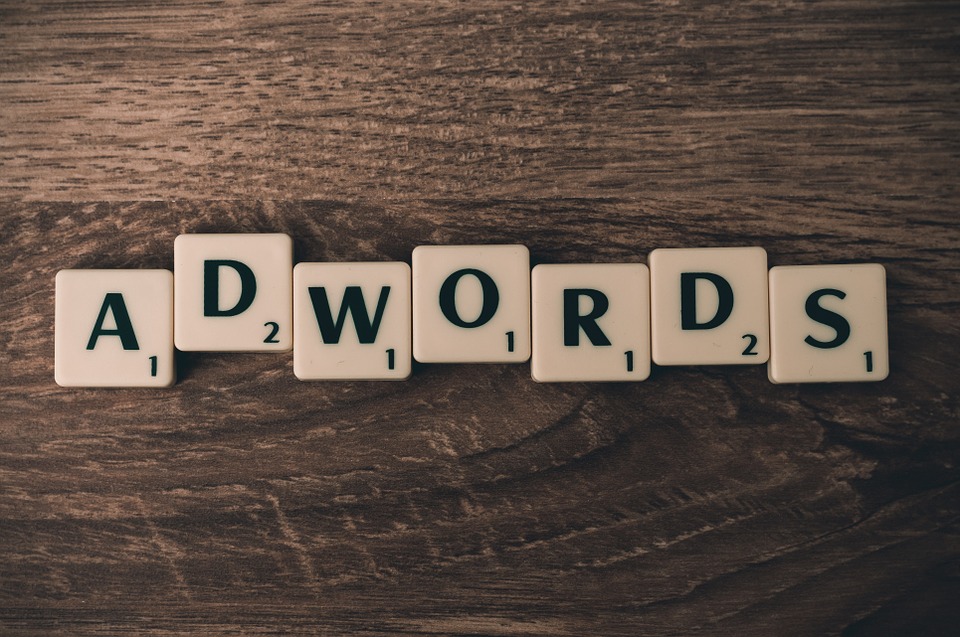Paid Advertising and PPC are more like an auction house these days. This means that the highest bidder usually gets the prize. Paid advertising makes online marketing even more competitive on a national and local scale. While that may seem unfair because the business with the most money wins. However, we’ve worked with small businesses and come up with strategies that maximize the ROI of their budget. We know how to outbid your competition with the right keywords and strategies.
Who Controls Paid Advertising?
First, you need to know how companies like Google (AdWords), Bing (Bing Ads), and Yahoo! (Yahoo! Gemini) setup their paid advertising programs. Second, you need a system to test different strategies to make sure you have the best one.
After years of experience, we know how to get the most exposure that your budget can offer, trumping the poorly executed strategies of most local businesses.

Pay per click (PPC)
PPC (also known cost per click or “CPC”) consists of search and display ads that businesses can use to appear on different websites and search results.
Search Ads are the ads you see when you go to search for a popular keyword or phrase. They will display a small icon in the bottom left corner of the snippet. Buy researching the right keywords and coming up with a battle plan, you can increase exposure with immediate results. This is helpful if your organic ranking is bad but you still want to be seen. Also, if people keep coming back to you, this will improve the site’s organic ranking as well. Every search term is priced based on traffic and profit potential. You can imagine why the term “Divorce Lawyer” costs advertisers an arm and a leg. The term has the potential to make that firm or lawyer a lot of money. Google wants in on that action.
Display Ads are the ones you see in the sidebars of a website. People that opt into Google’s AdSense program get paid to place ads on their site (if people click on them). Thus, they become part of the Google Display Network (GDN). That’s what you’re paying for when you create display ads, both Google and the site owner. Display ads are typically cheaper than search ads because its harder to pull someone away from content they’re already engaged with. However, it’s not impossible with the right strategy.
Quick Tip
Your ads are paid when people click on them. This is ideal because you don’t have to pay if your ad gets zero exposure. However, if a lot of people click on your ad, you could be spending far more than you’re getting back. that’s why it’s important to understand these platforms and make budgets that make sense for you.
The Cost of Paid Advertising
Getting back to what a keyword or phrase costs, the price that you pay per click is determined by the marketplace value. Thus, this value is an expression
Important Paid Advertising Concepts
When you’re starting paid advertising campaigns, it’s important that you go in with a strategy and a clear goal. Doing so helps you understand a few of the key concepts.
Quality Score
Your quality score is an estimate of the quality of your ads, keywords, and landing pages. There are many factors that determine your quality score. As a marketing agency, we look at this score from all angles and find a way to improve it. By improving your site’s quality score, you can potentially pay less for keywords for paid advertising.
Below are some tips about quality score from Google:
- You can see your Quality Score (Quality Score is reported on a 1-10 scale and its components (expected clickthrough rate,
ad relevance, and landing page experience) in your keywords’ “Status” column. - The more relevant your ads and landing pages are to the user, the more likely it is that you’ll see higher Quality Scores.
- Quality Score is an aggregated estimate of your overall performance in ad auctions and is not used at auction time to determine Ad Rank.
Behavioral Targeting
A good strategy revolves around what your customers are doing. Behavioral targeting is when ads target the consumer based on their past purchase activity.
CPC / CTR
This simply means “cost paid per click.” Typically, the more people click through to your website from your ad, the more the cost of that will decrease. Thus, the highest CPC isn’t always the one that wins.
Geotargetting
This is one of the more powerful tools for paid advertising if you’re a local business. Even if you’re competing with a major retailer, you might be more relevant to consumers in close proximity. This type of advertising allows you to target audiences in a particular country, state, city, or metropolitan area.
Interest-based targeting
A consumer’s habits are often tacked through Google or social media platforms like Facebook and a profile is built on what they like. Interest-based targeting uses this data to target people based on their interests.
Match Types
Sometimes people use variations of your search terms to look for the same thing. The match type allows you to adjust for these variations and catch a wider range of people and their searches. You have the power to control these match types and find what works best for you.
Broad Match will show your ad to a wider audience
Phrase Match will ensure that your ad is part of a searched expression, which is good for certain instances.
Exact Match will only show your ad to people who search your exact keyword, pretty simple.
Conclusion
If you need help creating the perfect paid advertising campaign, contact the experts at